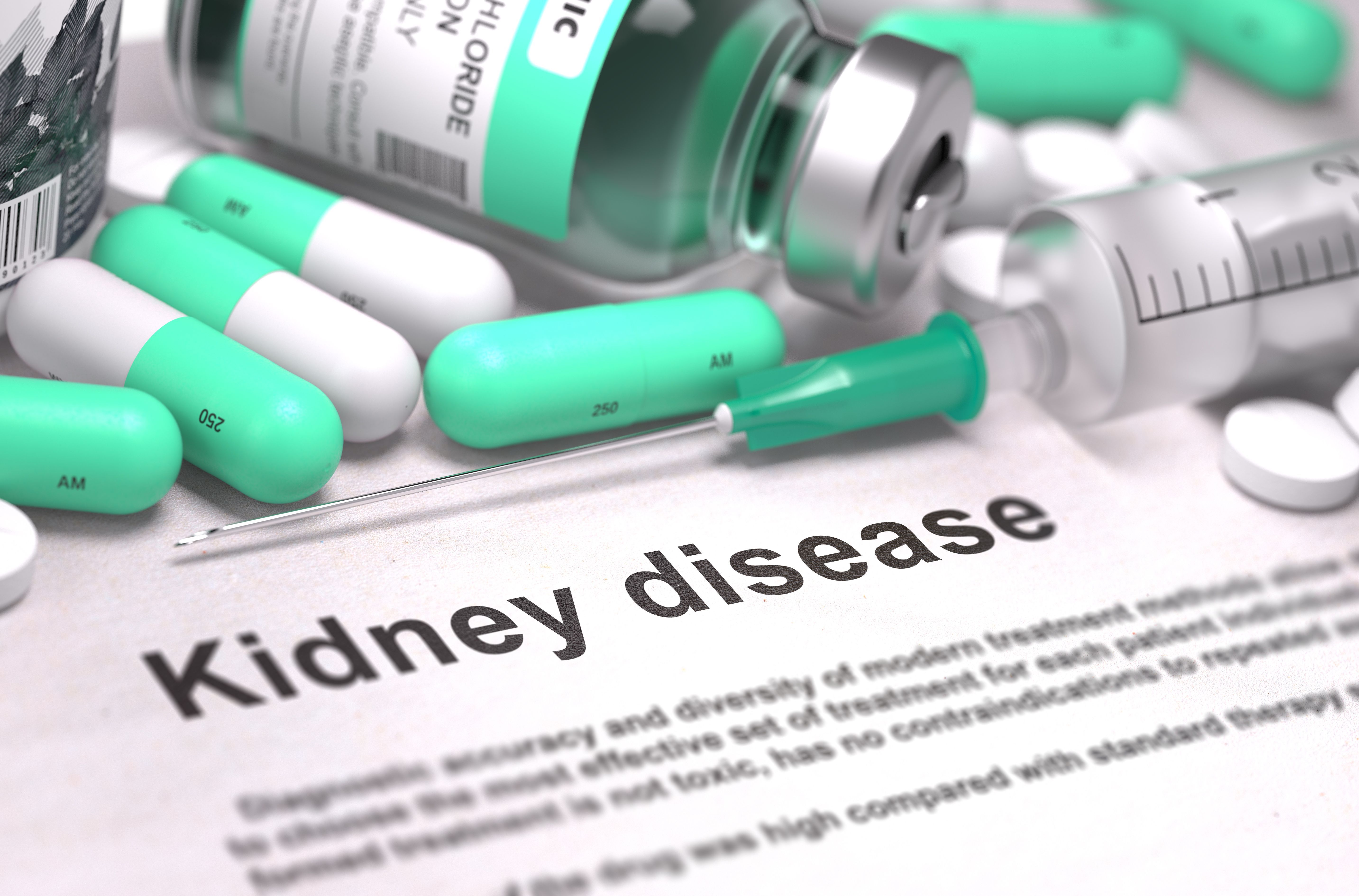Article
Reduced-Dose CT Scans Could Be Effective for Kidney Stone Imaging
Author(s):
New research suggests use of reduced-dose CT scans could be as effective and reduce the need for re-imaging.
This article was originally published on DiagnosticImaging.com.
Reduced-dose CT is not only effective in imaging patients for kidney stones, but it also lowers the overall radiation exposure for individuals who might need repeated imaging. But, the protocols aren’t implemented as frequently as they should be, experts say.
In a study published in the June 8 Journal of the American College of Radiology, a team of investigators from Yale University School of Medicine pointed out that use of the protocol falls far below the “as low as reasonably achievable” goal. In their findings, they outlined the efficacy of the reduced-dose protocol and the impact greater utilization could have.
“Increased adoption of reduced-dose CT protocols will decrease the overall radiation burden associated with kidney stone CT, which often requires repeat imaging in relatively young patients,” said the team led by Christopher Moore, M.D., emergency medicine professor and emergency ultrasound section chief.
According to the National Kidney Foundation, more than a half million patients present to the emergency department each year with kidney stone symptoms – and the incidence has increased in the last 40 years. Between the late 1970s and 2014, the prevalence has risen from 3.8 percent to 10 percent, respectively. Most patients are young, average age of 30 for men and 35 for women, making the need to control dose even greater.
Of the patients impacted by kidney stones, 85 percent undergo CT imaging, Moore’s team said, and the average number of scans is between 1.4 and 1.7 per kidney stone occurrence, adding to their cumulative radiation exposure.
To increase use of the reduced-dose protocol, the team created an intervention – Dose Optimization for Stone Evaluation (DOSE) – that combined continuing education, consultation, and protocol recommendations. This is the first national study to examine the use of reduced-dose CT on kidney imaging, the team said, and they tested DOSE in 192 facilities, totaling 422,039 kidney stone CT scans between 2015 and 2019.
The team split the centers into a group that implemented DOSE and a group that did not, and they sub-divided the intervention group into those that had participated in the intervention (25 facilities) and those that had not (71 institutions). They, then, tracked the dose-length product (DLP) every year, beginning in 2015.
Based on their analysis, they found that the DLP fell by 16 percent between 2015 and 2017 in facilities that used the intervention. Overall, the average reduction throughout all years of the study was 14 percent.
In addition, their results showed that facilities began using reduced-dose CT protocols more frequently throughout the study timeframe. Facilities in the DOSE intervention saw a more significant bump in their percentages of these lower-dose scans -- they rose from 22 percent in 2015 to 36 percent in 2019.
These findings show implementing reduced-dose CT protocols is a feasible option for kidney stone imaging in the long-term, the team said. But, providers must be conscientious about using it on a wider scale.
“It is the shared responsibility of medical users of radiation dose or radiation dose-based imaging tests, such as CT, to ensure use of as low as reasonably achievable radiation doses,” the team said. “This is particularly true for an indication, such as kidney stone CT, in which there is unequivocal evidence that reduced-dose CT can be employed without adverse effects.”




